What Is Low Altitude Economy?
The low-altitude economy is a rapidly emerging sector reshaping industries and redefining how we approach transportation, logistics, and various critical services. From urban air mobility to precision agriculture and emergency response, the low-altitude economy embodies a convergence of technology and innovation, unlocking unprecedented opportunities for economic growth and societal transformation. With global market projections reaching billions, the sector holds immense potential to drive sustainable development and smart city initiatives, supported by breakthroughs in battery technology and air traffic management systems.
What is low altitude economy?
The low altitude economy refers to the emerging economic ecosystem centered around activities, businesses, and services conducted at altitudes below 3000 meters above ground level. This emerging sector is primarily driven by advancements in drone technology and the concept of Advanced Air Mobility (AAM). It encompasses various applications such as urban air transportation, logistics, agriculture, and emergency services, leveraging the capabilities of low-altitude aircraft like drones and electric vertical take-off and landing (eVTOL) vehicles.
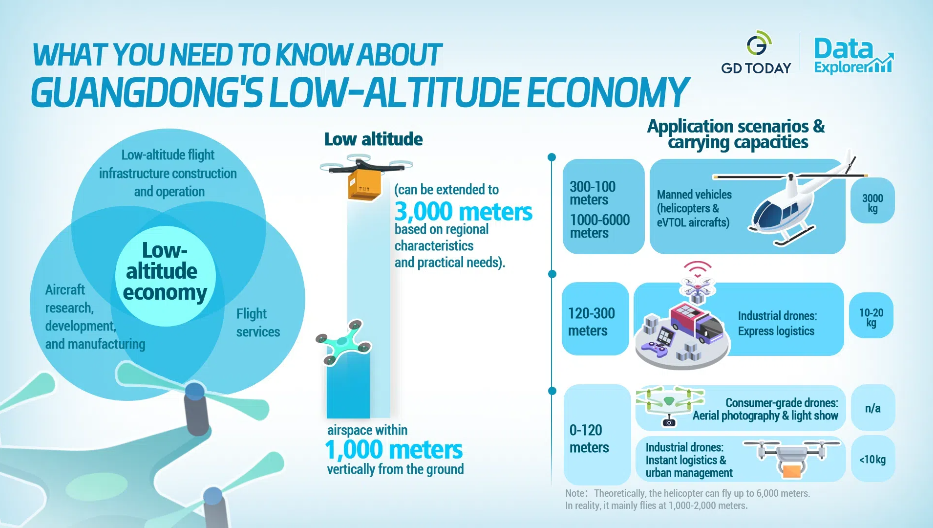
The low altitude economy is characterized by its potential to transform industries such as logistics, agriculture, surveillance, and healthcare. By enabling rapid, efficient, and cost-effective operations, it serves as a key enabler of smart city initiatives and sustainable development goals (SDGs).The global market for drones alone is projected to reach $127 billion by 2030, underscoring the significant potential of this economy.
What are low-altitude aircrafts?
Low-altitude aircraft are vehicles specifically designed to operate below traditional aviation altitudes. These aircraft include drones, eVTOL Aircraft, Air Taxis, and other hybrid and electric vehicles optimized for low-level flight. Their compact size, advanced maneuverability, and increasing affordability make them ideal for a wide range of applications.
●Unmanned Aerial Vehicles (UAVs or Drones): These unmanned aerial vehicles come in various sizes and shapes, ranging from multirotors, fixed-wing drones, hybrid drones.
●eVTOL Aircraft: Electric vertical take-off and landing vehicles that can transport passengers and goods in urban environments.
●Air Taxis: Smaller aircraft designed to transport passengers within urban areas, offering a rapid and efficient alternative to ground transportation.
●Hybrid and Electric Propulsion Systems: Adoption of hybrid-electric and fully electric propulsion for energy efficiency and reduced emissions.
Types and applications of low-altitude aircrafts
Low-altitude aircraft can be categorized based on their design and intended use:
Drones:
●Logistics and Delivery: Drone delivery services are poised to revolutionize e-commerce, enabling faster and more efficient delivery of goods.
●Agriculture: Drones are increasingly used for precision agriculture, including crop monitoring, spraying, and fertilization.
●Infrastructure Inspection: Drones can efficiently inspect bridges, power lines, and other critical infrastructure, identifying potential safety hazards and reducing maintenance costs.
●Search and Rescue: Drones equipped with advanced sensors and cameras can be deployed for search and rescue operations, assisting in locating missing persons and assessing disaster zones.
●Surveillance and Security: Drones are utilized for border patrol, wildlife monitoring, and other security applications.
eVTOL Aircraft:
●Passenger eVTOLs: Designed for urban air mobility, providing quick transportation across congested city areas.
●Cargo eVTOLs: Focused on freight delivery, particularly in urban settings where traditional transport may be hindered by traffic.
Hybrid Aircraft:
These combine features of both fixed-wing aircraft and rotary-wing aircraft, allowing for versatile applications.
The applications of these aircraft span various sectors including logistics, healthcare (e.g., medical supply delivery), agriculture, and emergency services such as search and rescue operations.
Semi-solid battery techs in low-altitude economy
Semi solid state batteries represent a significant technological evolution in the realm of battery technology, bridging the gap between traditional liquid lithium-ion batteries and solid-state batteries. Solid-state batteries use electrolytes of either glass, ceramic, or solid polymer material instead of the liquid lithium salts that are in the vast majority of today’s electric vehicle (EV) batteries.They are designed to offer the best of both worlds, combining the safety and performance benefits of solid-state batteries with the manufacturability and cost-effectiveness of liquid systems. Key Features of Semi-Solid Batteries:
●Increased Energy Density: Semi-solid batteries can store more energy in the same volume, extending the flight time of drones and other aircraft.
●Enhanced Safety: They are less prone to overheating and fire, improving the safety of aircraft operations.
●Faster Charging: Semi-solid batteries can be charged much faster than traditional batteries, enabling quicker turnaround times for aircraft.
●Longer Life Span: Designed to withstand thousands of charge cycles with minimal degradation, ensuring reliability and durability for years.
●Environmental Resistance: Capable of operating in a wider range of temperatures and conditions, making them suitable for challenging environments.
These advantages are critical for enabling longer flights, increasing payload capacity, and improving the overall efficiency and sustainability of low-altitude aircraft operations.
Traffic management of low-altitude aircrafts
Efficient air traffic management is essential for ensuring the safe and seamless operation of low-altitude aircraft. Unmanned Traffic Management (UTM) systems have been developed to address the unique challenges of managing high volumes of UAVs in shared airspace.
Key Components of UTM:
●Dynamic Geofencing: Real-time boundaries to prevent drones from entering restricted zones.
●Collision Avoidance Systems: AI-powered algorithms to detect and prevent mid-air collisions.
●Flight Authorization Protocols: Digital systems to automate approval processes for commercial drone operations.
Integration with ATM: Harmonizing UTM with traditional Air Traffic Management (ATM) for seamless airspace utilization.
Conclusion
In conclusion, the low altitude economy represents a transformative shift in how goods and people will be transported in urban environments. With advancements in aircraft technology, battery innovations, and robust traffic management systems, this sector is poised for significant growth. Governments and industry stakeholders must collaborate to establish regulations, invest in infrastructure, and promote innovation to unlock its full potential. As regulatory frameworks evolve to support these developments, the potential economic impact could be substantial, paving the way for new business models and opportunities across multiple industries.
As a global leading lipo battery manufacturer, Grepow offers advanced semi-solid state batteries with an energy density of up to 350 Wh/kg, specially designed to meet the demands of low-altitude economy applications. These cutting-edge power solutions are ideal for UAVs, eVTOLs, and hybrid aircraft, delivering unmatched energy efficiency and performance. By integrating Grepow's high-energy-density batteries, these aerial platforms can achieve extended operational times, enhanced payload capabilities, and reduced environmental impact.
Related Articles
-
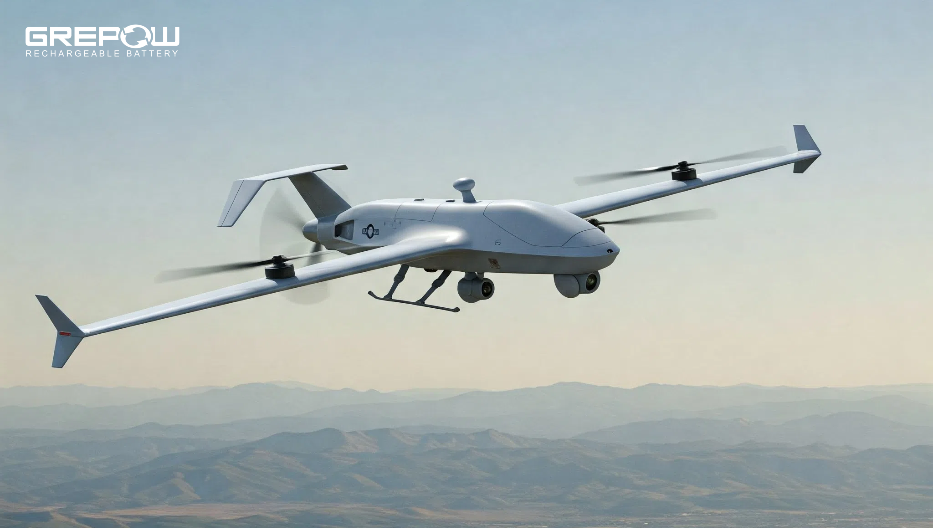
What Is a Long Endurance Drone?
2025-04-16 -
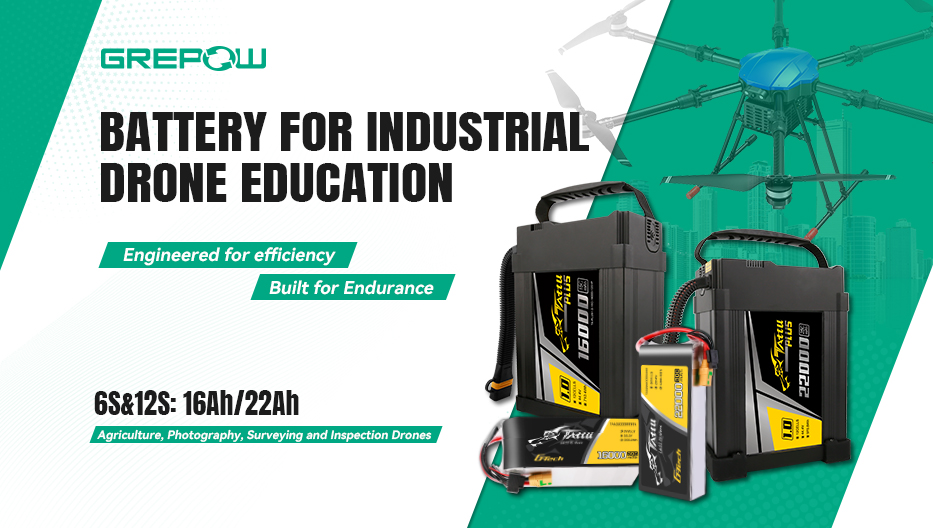
Empowering Drone Training with Grepow’s Tailored Battery Solutions
2025-04-15 -

Four Specialized Lithium-Ion Battery Types Basis
2025-04-10
Related products
-
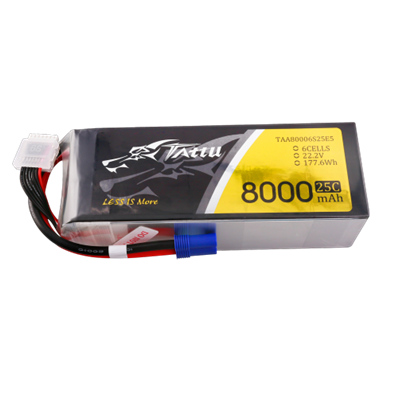
Tattu G-Tech 6S 8000mAh 22.2V 25C Lipo Drone Battery
-
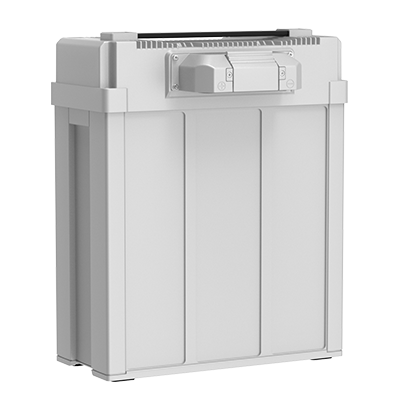
Tattu 3.0 18S Lipo 30Ah 68.4V Smart UAV Drone Battery
-
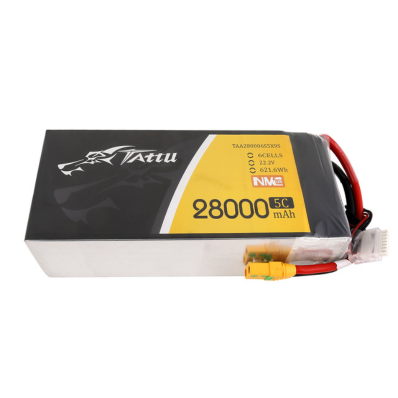
28000mAh 22.2V 6S Semi-Solid State Battery Pack

















































